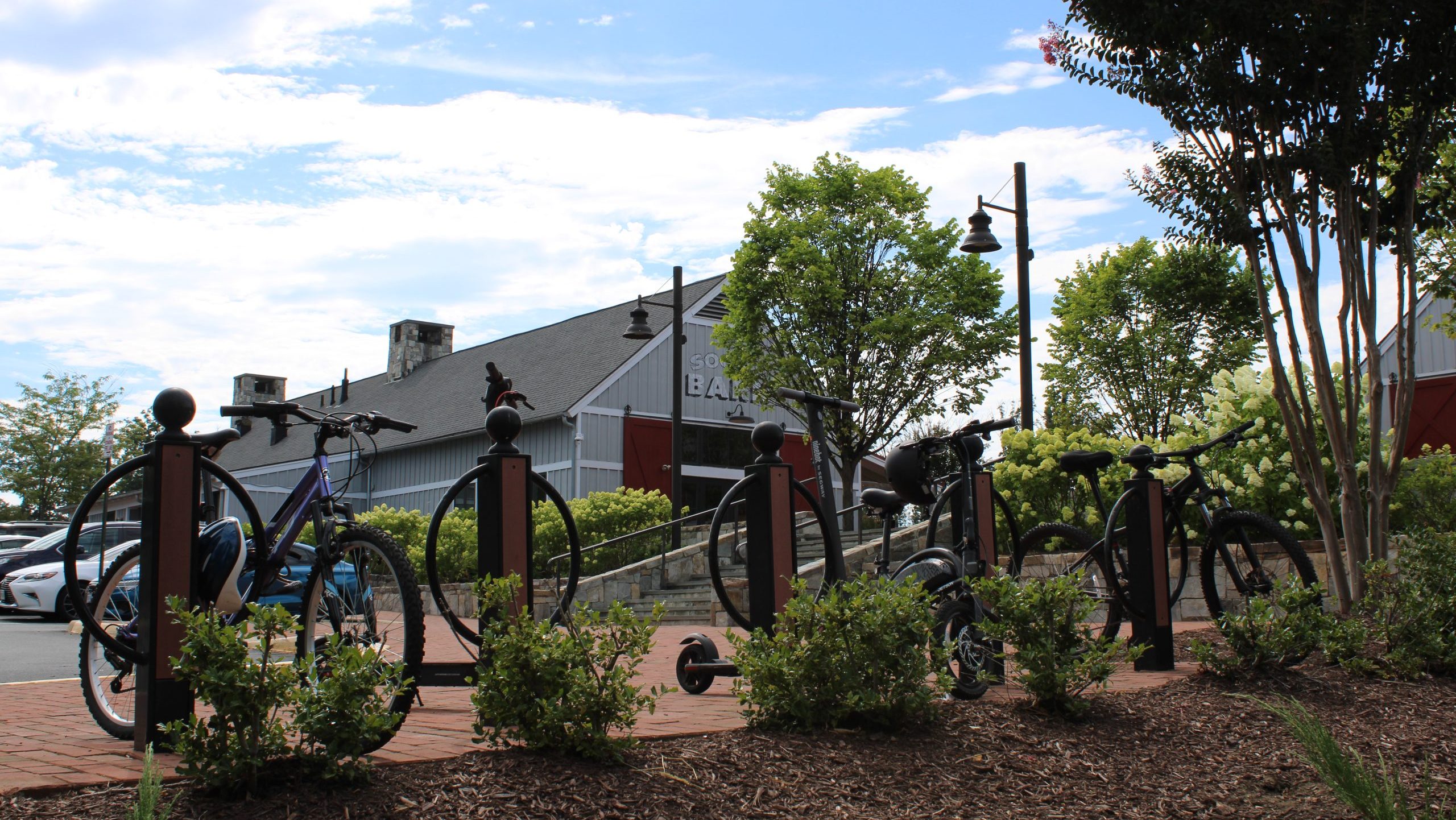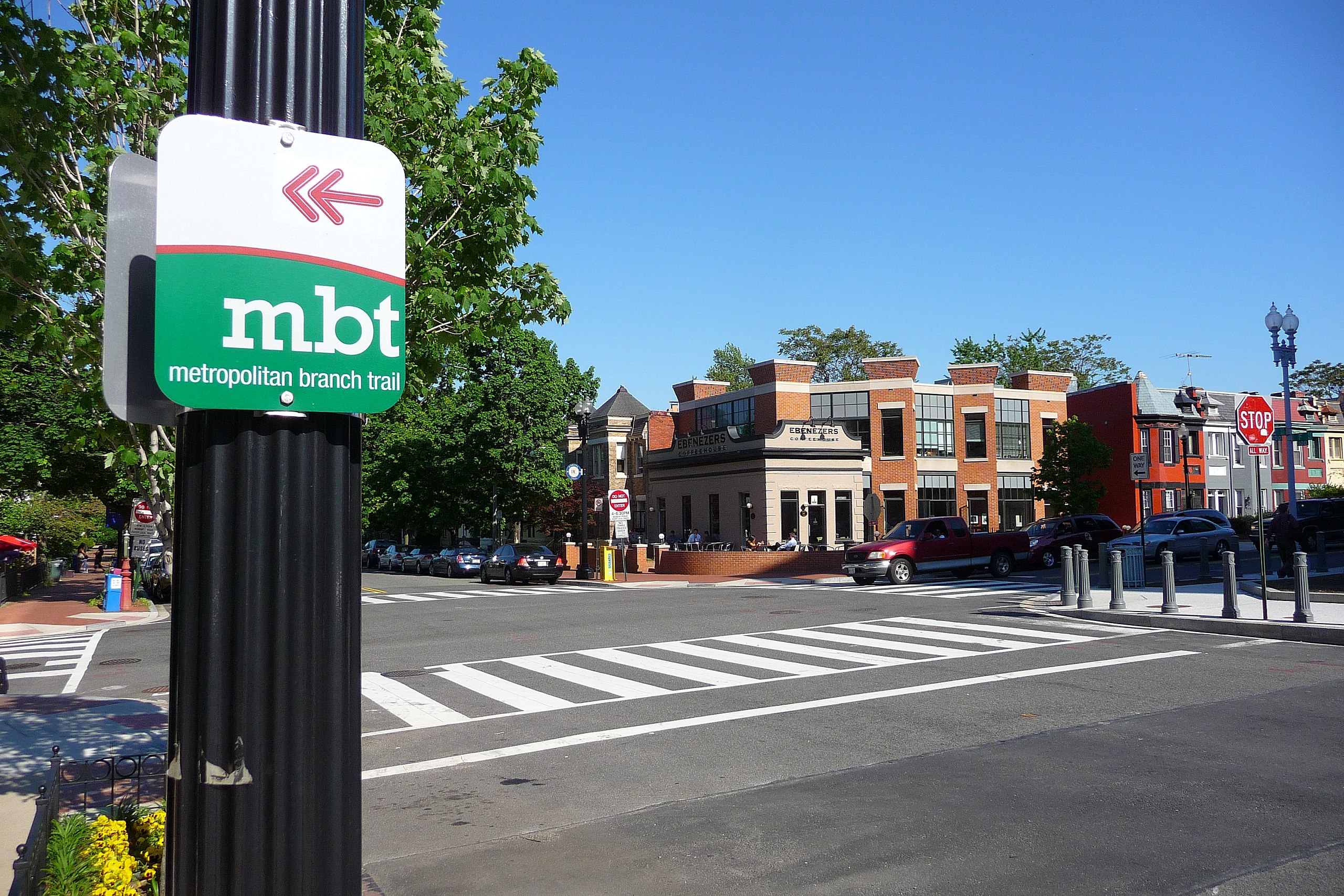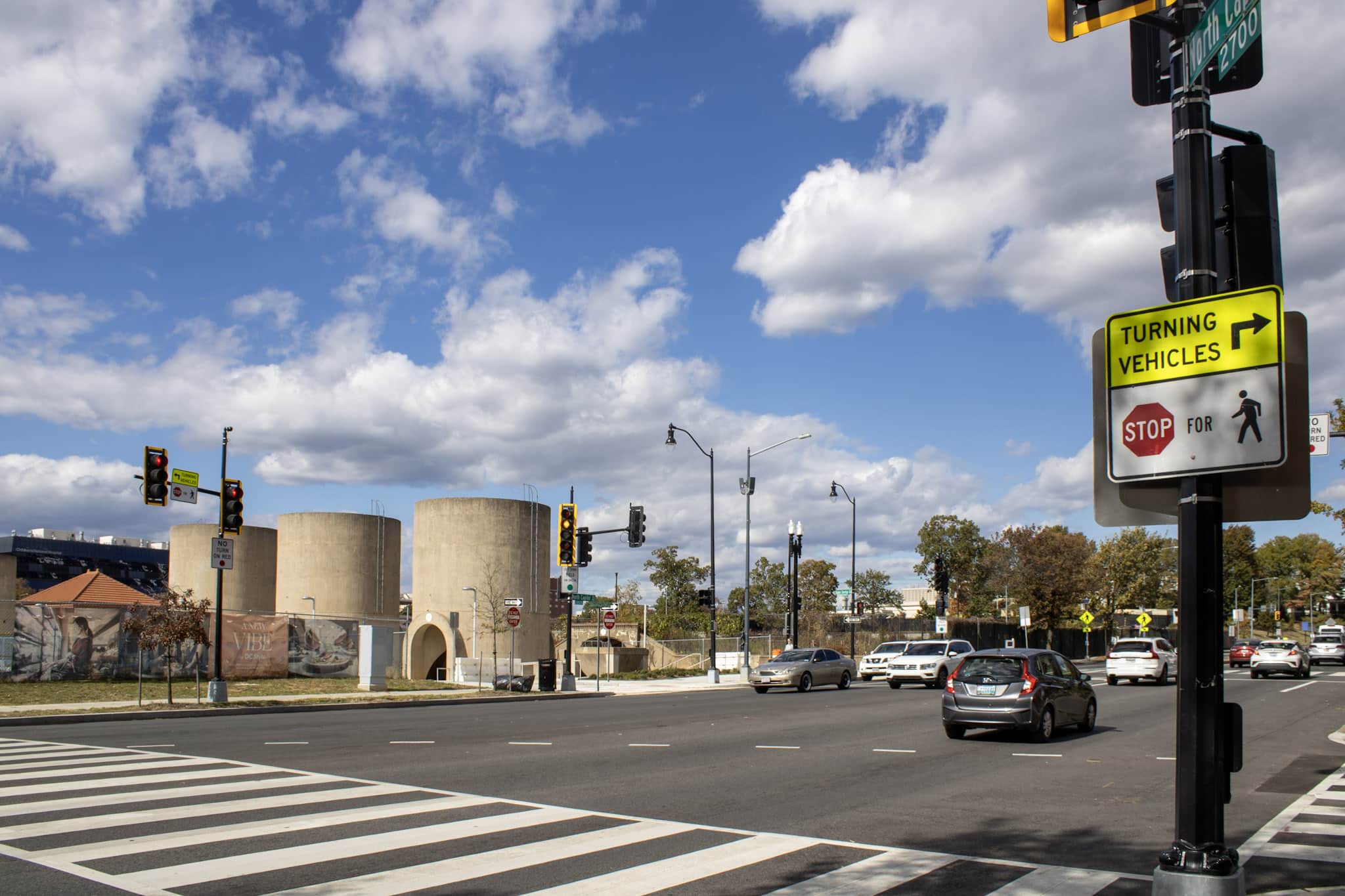
Pathways to Progress: Unlocking Potential with Trail-Oriented Development

Bike racks at Potomac Shores, which features an extensive trail system linking amenities throughout the community
What is Trail-Oriented Development?
Trail-oriented development (TrOD) is an urban design framework that links people to local businesses, community spaces, public services, and neighborhoods through trails and trail-supportive infrastructures. TrOD is similar and complementary to transit-oriented development (TOD), which focuses on creating compact, mixed-use, and walkable communities around public transit stations. TrOD and TOD aim to reduce car dependency, enhance quality of life, and foster sustainable development.
What are the Benefits of Trail-Oriented Development?
Trails are recreational amenities and valuable assets for economic development, public health, air quality, community design, and real estate investment. They are often overlooked assets that can be leveraged to enhance well-located projects. Some of the benefits of TrOD include:
- Increasing property values and tax revenues. Studies have shown that properties near trails tend to have higher values and generate more tax revenues than comparable properties farther away. TrOD can also attract new businesses and residents who value the convenience and accessibility of trails.
- Improving public health and well-being. Trails provide opportunities for physical activity, social interaction, and exposure to nature, which can improve physical and mental health outcomes. TrOD can also reduce traffic congestion and greenhouse gas emissions by encouraging active transportation modes such as biking and walking.
- Enhancing community identity and sense of place. Trails can serve as linear parks, cultural corridors, and community connectors, enhancing the character and identity of a place. TrOD can also create vibrant and attractive public spaces that foster social cohesion and civic engagement.
- Leveraging existing and planned infrastructure. Trails can take advantage of existing or planned greenways, streams, rail corridors, utility easements, and other flowlines that offer opportunities for linear development. TrOD can also leverage and enhance access to transit stations or the wider bicycle network, creating connections between different modes of transportation.

Mile 0 of the Metropolitan Branch Trail (MBT) on 2nd St NE in Washington, DC
Achieve Your Trail-Oriented Development Goals
Gorove Slade specializes in helping communities navigate challenges and meet the goals of trail-oriented development. Whether you’re just beginning to explore this framework or looking to expand existing trail infrastructure, our team offers a range of expertise, including:
- Trail planning and design. Successful TrOD relies on the planning, design, and implementation of trails that are safe, accessible, attractive, and functional. Other considerations include the integration of trails with other elements of the built environment, such as streetscapes, landscaping, lighting, wayfinding, art, and amenities.
- Trail-oriented development consulting. Our experts know how to identify potential sites for trail-oriented development, conduct transportation feasibility studies, develop a conceptual design based on current best practices and guidelines, and help tailor site-specific amenities to meet local Transportation Demand Management (TDM) requirements while enhancing the TrOD aspects of your project and evaluate the impacts and outcomes of your project.
- Trail advocacy and education. We’re passionate about TrOD because several team members have experienced its benefits firsthand. Recognizing that successful TOD depends on community buy-in, we partner with clients to help facilitate robust community engagement to garner support, identify local needs, and incorporate feedback into our planning process.
Consider how trail-oriented development could transform your neighborhood, enhancing connectivity, health, and quality of life. By advocating for and supporting TrOD initiatives, you can play a crucial role in shaping a more sustainable and active community.
Trails offer untapped potential to enhance property values, improve public health, and foster a stronger community identity. Reach out to Daniel Solomon, ACIP, to discuss how we can help you leverage trail-oriented development.
